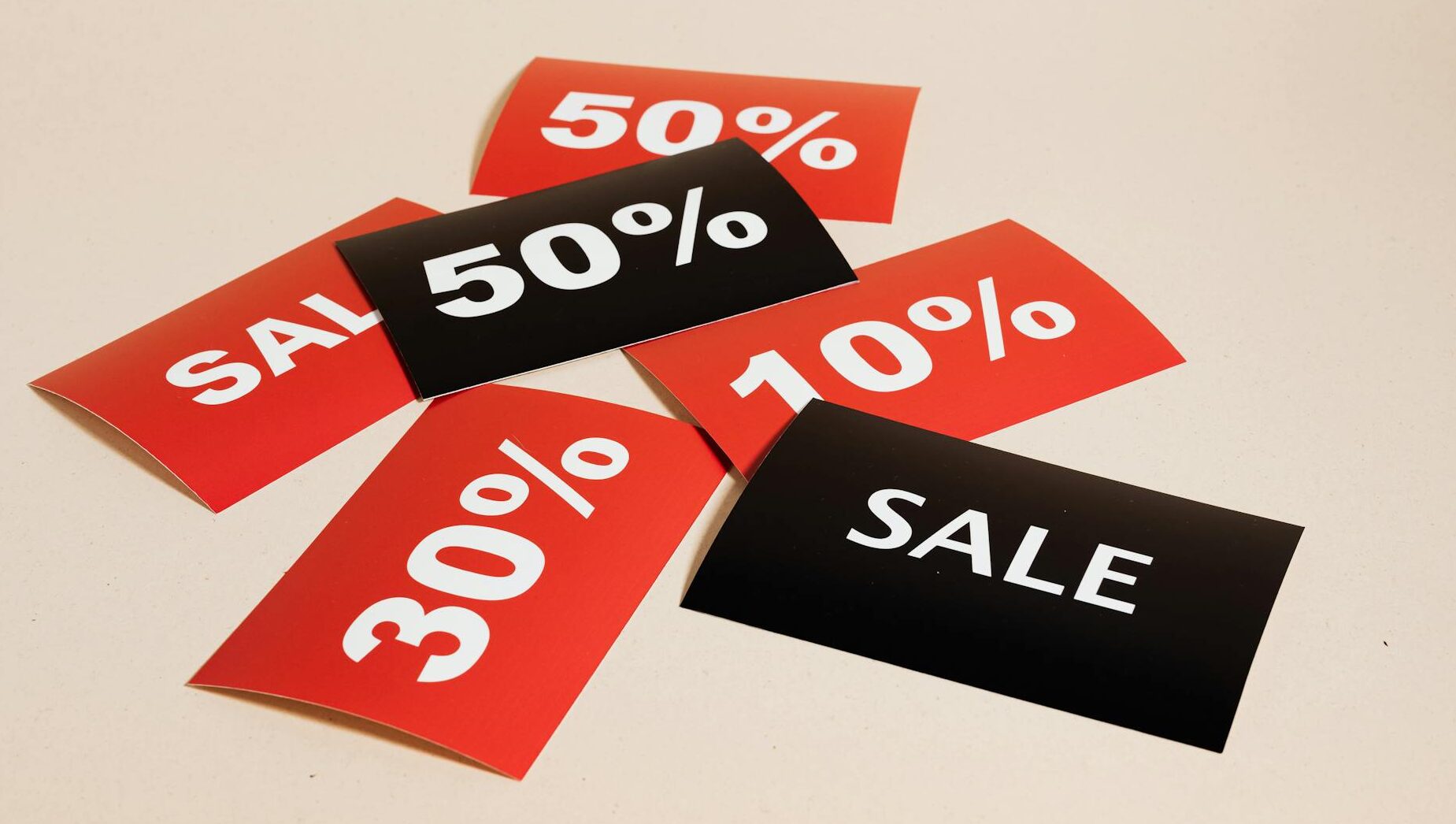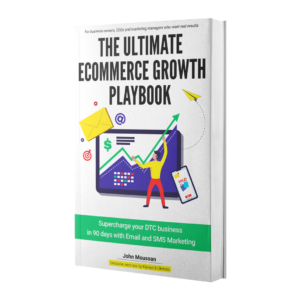
Think you need to flood inboxes and phones with marketing messages to boost engagement and revenue? Think again. Considering the average person grapples with over 120 emails and more than 30 text messages a day, the key to effective SMS and email marketing isn’t in the quantity, but rather in the quality and timing of your communication.
At Great White Media, we’ve helped many DTC brands fine-tune their SMS and email marketing frequency to ensure their messages are timely, welcomed, and effective in a world that’s saturated with digital chatter.
In this article, we tackle the common misconception that a higher frequency of email marketing and SMS equates to more success, highlighting how excessive messaging can lead to negative consequences. We also offer solutions and practical steps for a more effective and respectful SMS and email frequency.
The true impact of hammering your SMS and email list
In the world of digital marketing, there’s a prevalent myth that increasing the frequency of SMS and email campaigns is a foolproof way to boost engagement and revenue. This strategy, fuelled by the idea that more visibility equates to more consumer action, may seem logical at a surface level. However, a more thorough analysis of consumer behavior and marketing dynamics paints a different picture.
Consumer response to high SMS and email cadence
Despite what many marketers believe, drowning a mailing list in emails and text messages often leads to a decline in returns. While heavy-handed communication can initially capture attention, it can quickly become counterproductive, resulting in a multitude of negative consequences, such as:
List fatigue and decreased engagement
One of the quickest negative effects resulting from high-frequency messaging is list fatigue.
For example, an excessive email marketing frequency can create ‘burnout’ amongst your subscribers. And once this burnout sets in, you can expect your engagement metrics, like your open rates and click-through rates, to decline; a clear sign that your messaging is no longer resonating.
Increased unsubscribe rate
An unavoidable consequence of list fatigue is losing subscribers. For consumers who feel annoyed or overwhelmed by a bombardment of communications from your brand, one of the most effective and immediate ways for them to reduce the noise is simply to opt-out.
When people unsubscribe from your mailing list, you not only suffer a swift loss of audience for your marketing efforts, but also reduce your potential for future conversions and customer retention.
Spam complaints
When subscribers feel inundated by an excessive number of messages, they might take it a step further than simply unsubscribing by flagging your text messages or marketing emails as spam.
This has several implications, including future deliverability issues, a tarnished sender reputation and legal and compliance risks.
Damaged brand perception and trust
A high SMS and email sending frequency can quickly erode brand perception and trust.
If your brand is perceived as being intrusive or spammy, it can easily lose the respect and trust of its audience. With this shift in perception comes long-term effects on brand loyalty and customer relationships, both of which are far more challenging and costly to repair than maintain.

Mastering your SMS and email marketing campaigns
Striking the perfect balance with your SMS and email campaigns is more of an art than a science. Focusing on the key aspects of your messaging strategy that we discuss below can result in a more impactful, consumer-centric approach that honors your audience’s time and attention:
- Quality over quantity: A high email send frequency can be counterproductive, with findings suggesting that for every additional email sent per month, a 0.02% drop in click-through rates can be observed. This solidifies the need to focus on sending relevant and high-quality content, rather than just a lot of it.
- Building sustainable engagement: A study conducted by Mailchimp revealed that tailored, less frequent messages to specific audience segments resulted in a 14.31% higher open rate compared to non-segmented, more frequent SMS and email campaigns. This approach ensures that each communication is both relevant and timely, which can lead to more sustainable engagement.
- Trust and transparency: Most customers tend to remain loyal to brands that they trust. To cultivate this trust, it’s essential to have a predictable and non-invasive SMS and email send schedule, paired with honesty regarding the frequency and purpose of your messages.
Steps to implement optimal messaging frequency
You’re probably wondering “How many emails and text messages should I be sending my audience then?” Unfortunately, there’s no one-size-fits-all answer. However, there are some steps you can take to help you achieve the right balance in messaging frequency for your specific audience:
- Assess your current practices: Analyze your current email and SMS frequencies. For instance, you might discover that your weekly roundup emails have a higher engagement rate than your daily product updates, suggesting that you may need to reduce the frequency of the latter.
Pro tip: Track engagement trends over time, not just immediate responses. This can help you make well-informed adjustments. - Develop a customer-centric approach: When implementing segmentation, consider basing it on recipient interaction. For example, if analytics show a segment hardly ever engages with your frequent promotional emails, reduce the frequency for that group.
Pro tip: Customer feedback is invaluable for tailoring your messaging strategy. Direct surveys, for instance, can offer deep insights into what your audience values and expects from your communications. - Test and learn: Engaging in A/B testing for different send frequencies can be an excellent idea – because, if you never try, you’ll never know! For example, you may test sending bi-weekly vs. monthly newsletters to see which frequency yields better engagement.
Pro tip: Don’t limit A/B testing to frequency alone. Consider testing different content types and messaging styles to see what resonates best with each segment.
Wrapping up
In the dynamic world of email and SMS marketing, understanding that less is often more can contribute significantly to your overall success. As we discussed in this article, overloading inboxes with endless marketing messages usually does more harm than good, risking list fatigue, subscriber loss, and diminished brand trust. Not to mention all the wasted time, money and creativity that goes into creating the unwanted communications!
At Great White Media, we’re dedicated to helping DTC brands navigate the delicate balance of SMS and email frequency, ensuring marketing messages are both impactful and welcome. Our strategic focus on quality content, coupled with consumer-centric tactics, builds the foundations for meaningful connections with your audience.
Are you ready to amplify your SMS and email marketing? Reach out to us for a COMPLIMENTARY discovery call today!






